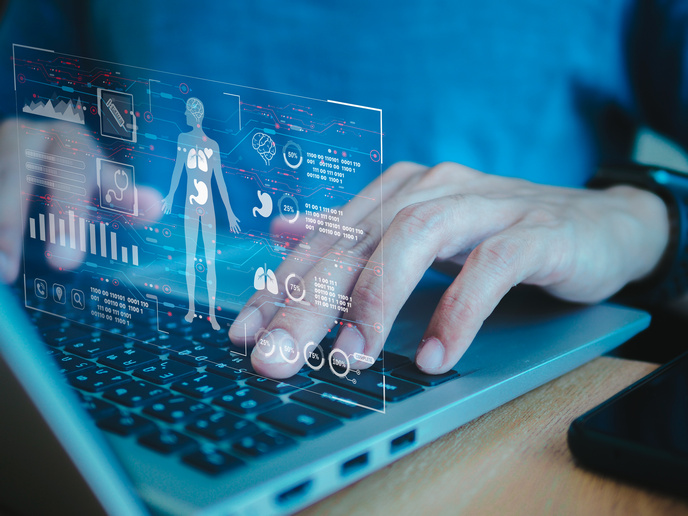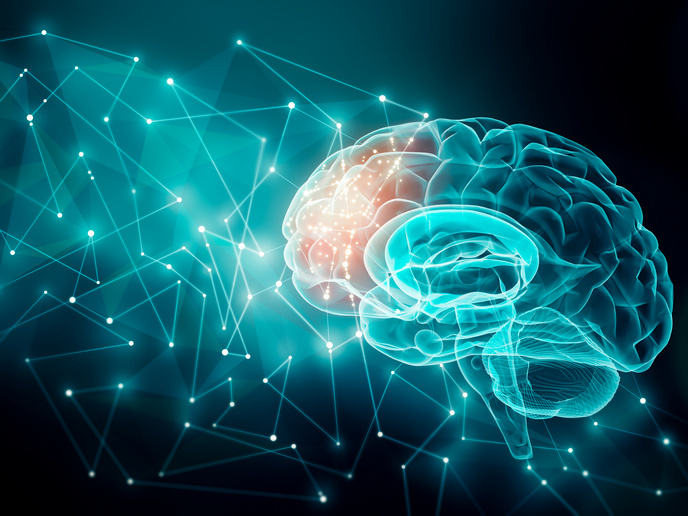AI solutions to deliver better healthcare
A key challenge facing global health services is a lack of trained personnel. Europe alone faces an estimated shortage(opens in new window) of 2 million medical professionals, many of whom are often the first point of contact for patients. This has implications in terms of quality of care and patient safety.
Human-machine interactions in healthcare
The EU-funded PhilHumans(opens in new window) project, supported by the Marie Skłodowska-Curie Actions(opens in new window) programme, sought to address this challenge by applying artificial intelligence (AI) and natural language processing techniques. The aim was to create high-end personal health communication as a first line of contact for medical services. This would enable medical staff to focus on essential care, while providing patients with the information they need in an empathetic and intuitive way. “Another goal of the project was to train a next generation of young researchers in innovative AI,” says PhilHumans project coordinator Ernst Hermens from Philips(opens in new window) in the Netherlands. “We were able to bring on board eight PhD students, who looked at various aspects of human-machine interactions in the healthcare domain.” The students benefited from supervision from the University of Cagliari(opens in new window), University of Catania(opens in new window) (website in Italian), University of Aberdeen(opens in new window), Eindhoven University of Technology(opens in new window) and Philips Research. PhD candidates also spent considerable time on secondment at Philips to gain industrial experience.
Robotics, natural language and deep programming
Research was clustered around three key topics, the first being vision and robotics. This work involved studies into computational intelligence, facial analysis and body language. “Students were interested, for example, in using cameras to capture expressions and body language, and then using AI to derive conclusions, such as how a person is feeling or what they are doing,” explains Hermens. A second cluster looked at empathetic natural language interaction, and involved semantic and sentiment analysis from texts. “Patient text messages were analysed using natural language processing,” adds Hermens. “We also examined the potential of developing automated counselling and therapy.” A third cluster was based on deep programme induction for personal health services. This could be used to identify areas of medical research that should be prioritised, helping healthcare systems to achieve efficiencies.
AI-powered patient interfaces
A key result of the project has been the professional development of the students involved. A number have graduated and gone on to secure jobs in both academia and industry, while others are finalising their PhDs. A number of papers(opens in new window) on AI in healthcare have been published, and are available on the project’s website. “A lot of the work is still quite abstract,” notes Hermens. “For example, a generic framework for data mining and text generation was developed. A conversational therapeutic system, designed to assess the empathy of a person, was also trialled. A tool to analyse and create learnings from deep textual analysis was also developed.” Hermens believes that the project represents an important milestone in bringing such AI-powered patient interfaces closer to the market, and predicts that many of these will be in operation within 5 years. “This is going to happen,” he says. “With an ageing population, fewer people entering the medical domain and an imbalance in the care required and the care we can provide, there is a clear need for these solutions. These tools can help ensure that trained personnel are only involved at critical stages of care, where they are really required.”







